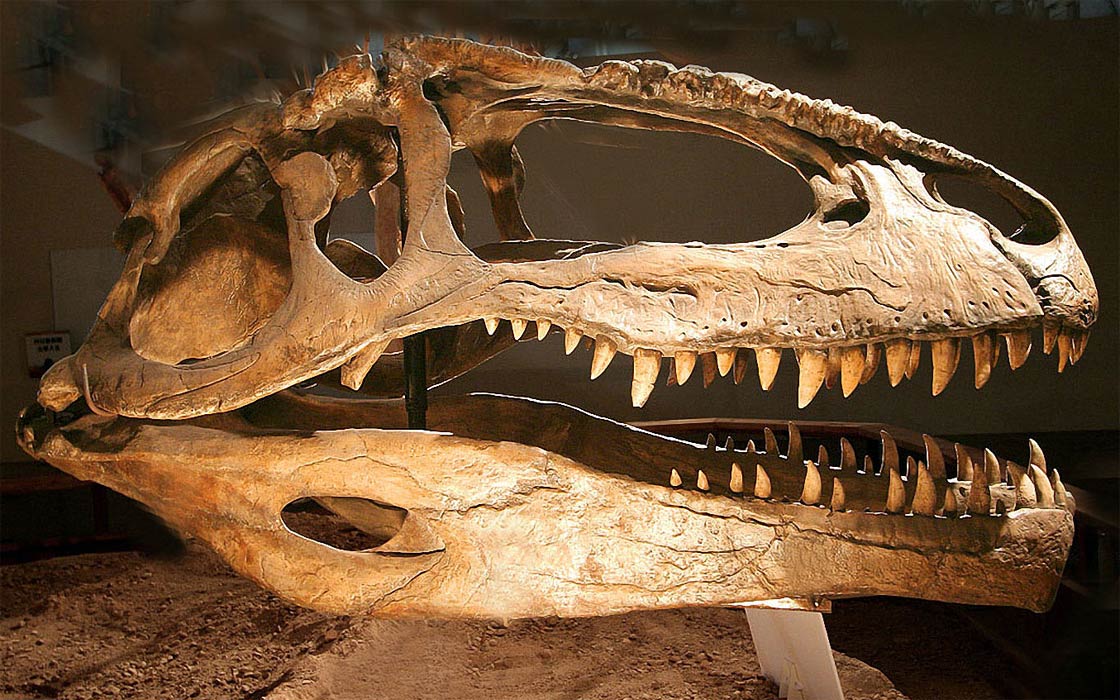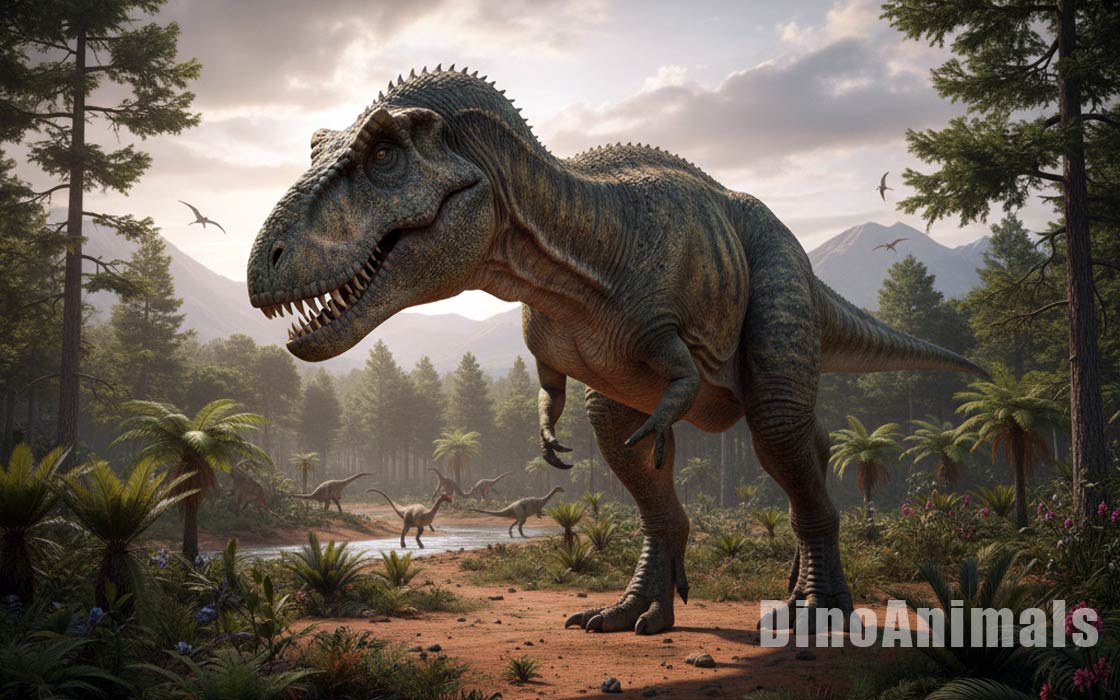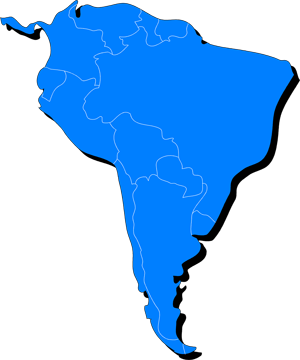Every month, 100,000 readers use the Dinosaur Database, but we receive no support from you. Developing and updating the database requires a lot of work. If you want it to remain open and be updated, please support us via the "Buy us a coffee" button available on every page or via the Support page.
Dinosaur: Giganotosaurus carolinii

| Length*: | 13.1 m | 43.0 ft |
| Weight*: | 8.7 t | 19,180 lb |
| Speed: | 33 km/h | 21 mph |
*The largest known specimen
Period
Epoch: Late Cretaceous
Stage: Early Cenomanian
Years: 99.6–95 Ma
Details
Status: valid
Author: Coria & Salgado
Year: 1995
Distribution
Area: South America
Country: Argentina
Region: Neuquén
Formation: Candeleros
Description
Giganotosaurus carolinii
Giganotosaurus carolinii was one of the largest known terrestrial carnivores, living approximately 99.6 to 95 million years ago during the Late Cretaceous period. Its name, meaning “giant southern lizard,” reflects its discovery in Argentina, South America. Known for its massive size and powerful build, Giganotosaurus rivaled even the famous Tyrannosaurus rex in terms of length and weight, making it one of the top predators of its time.
Physical Characteristics
Estimates suggest that Giganotosaurus measured around 12–13 meters (39–43 feet) [MUCPv-95: 13.1 m] in length, with some estimates reaching up to 14 meters (46 feet). It stood roughly 3.5 meters (11.5 feet) tall at the hips and weighed between 7 to 9 metric tons (MUCPv-95: 8.7 tons). Its skull alone was over 1.8 meters (6 feet) long, filled with sharp, serrated teeth designed for slicing through the flesh of its prey. Estimated the skull of the larger specimen to have been 1.95 m (6.4 ft) long, the longest skull of any theropod. Unlike the shorter, more robust skull of T. rex, Giganotosaurus had a relatively narrow, elongated skull and a longer, more slender body, suggesting different hunting strategies.
Diet and Feeding Habits
As a carnivore, Giganotosaurus primarily fed on large herbivorous dinosaurs, such as sauropods. Its sharp, blade-like teeth and powerful jaws were well-suited for biting and tearing meat. Evidence suggests it may have been a pursuit predator, capable of quick bursts of speed, potentially reaching up to 33 km/h (21 mph). This speed, combined with its size, would have made it an efficient hunter of the massive herbivores roaming its environment.

Habitat and Distribution
Giganotosaurus lived in what is now Patagonia, a region in southern Argentina characterized by a warm climate during the Cretaceous period. The area was a diverse ecosystem with vast floodplains, rivers, and forests, which supported a variety of large herbivorous dinosaurs. Fossils of Giganotosaurus have been found in the Candeleros Formation, a sedimentary rock formation that provides a snapshot of life during the Late Cretaceous.
Behavior and Social Structure
There is limited direct evidence about the social behavior of Giganotosaurus. However, its large size and the nature of its environment suggest it may have been a solitary predator, similar to many large carnivores today. Some paleontologists speculate that it might have hunted in pairs or small groups, especially when targeting large prey, but this remains a topic of debate.
Discovery and Research
Giganotosaurus carolinii was discovered in 1993 by Rubén D. Carolini, an amateur fossil hunter, in the Neuquén Province of Argentina. The dinosaur was formally described in 1995 by paleontologists Rodolfo Coria and Leonardo Salgado. Since its discovery, several additional specimens have been found, contributing to our understanding of its anatomy and biology.
Significance and Interesting Facts
Giganotosaurus is significant for being one of the largest theropods ever discovered, challenging the long-held notion that T. rex was the apex predator of all time. Its discovery has provided valuable insights into the diversity and evolution of large carnivorous dinosaurs in South America. Recent studies have suggested that Giganotosaurus may have had a faster growth rate compared to other large theropods, which could explain its massive size.
Locations
Sources
Material: Partial skeleton with skull, referred incomplete dentary, teeth.
References: Coria and Salgado, (1995). A new giant carnivorous dinosaur from the Cretaceous of Patagonia.
R. A. Coria and L. Sagado. 1994. A giant theropod from the middle Cretaceous of Patagonia, Argentina. Journal of Vertebrate Paleontology 14(3, suppl.):22A
J. O. Calvo. 1999. Dinosaurs and other vertebrates of the Lake Ezequiel Ramos Mexía area, Neuquén-Patagonia, Argentina. Y. Tomida, T. H. Rich, and P. Vickers-Rich (eds.), Proceedings of the Second Gondwanan Dinosaur Symposium, National Science Museum Monographs 15:13-45




